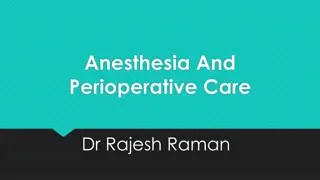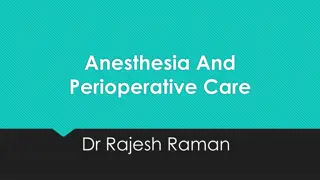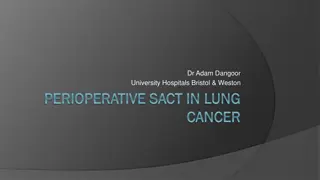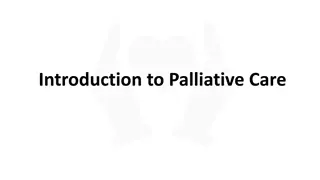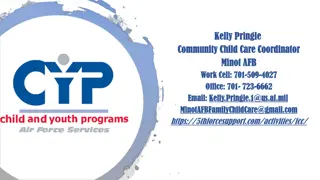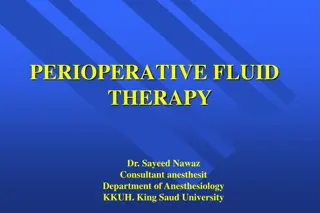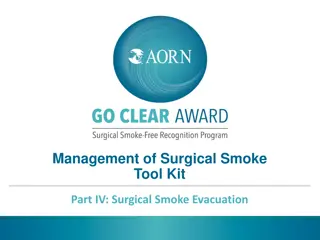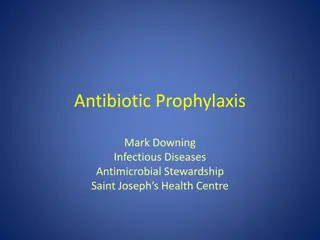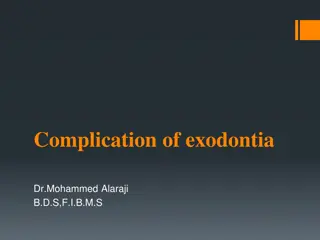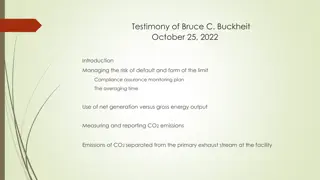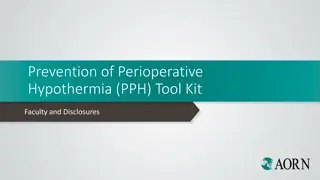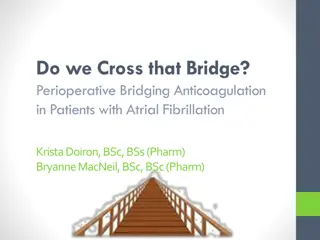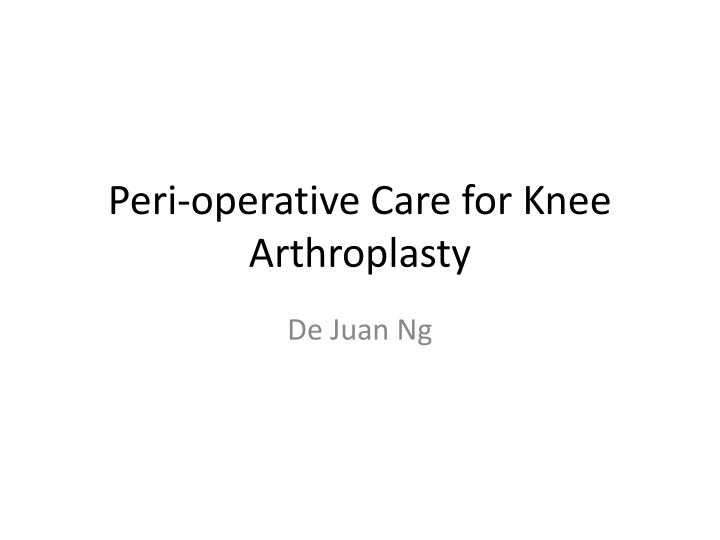
Comprehensive Guide to Knee Arthroplasty Peri-operative Care
Learn about the essential aspects of knee arthroplasty peri-operative care, including pre-operative assessment, examination, radiology, pathology, and post-operative management. Topics covered include history, diagnosis, social considerations, X-ray assessments, antibiotic usage, and rehabilitation strategies.
Download Presentation

Please find below an Image/Link to download the presentation.
The content on the website is provided AS IS for your information and personal use only. It may not be sold, licensed, or shared on other websites without obtaining consent from the author. If you encounter any issues during the download, it is possible that the publisher has removed the file from their server.
You are allowed to download the files provided on this website for personal or commercial use, subject to the condition that they are used lawfully. All files are the property of their respective owners.
The content on the website is provided AS IS for your information and personal use only. It may not be sold, licensed, or shared on other websites without obtaining consent from the author.
E N D
Presentation Transcript
Peri-operative Care for Knee Arthroplasty De Juan Ng
History Diagnosis correct diagnosis pain symptoms severe enough to warrant arthroplasty exhausted non-operative options Past medical history increased risk of complications Medications anticoagulants
History Social history support from family and friends discharge planning
Examination standing coronal alignment sagittal plane gait range of movement tenderness ligaments intact, correctible deformity neurovascular status
Radiology Xrays Knee xray AP weight bearing, lateral, skyline, Rosenberg Long leg alignment views (3 foot standing xrays)
Xray assessment Coronal plane alignment varus / valgus Sagittal plane alignment, tibial slope Bone loss Evidence of ligament deficiency Patella tracking / femoral rotation Metalware from previous surgery May require CT scan for further assessment
Pathology / other tests Blood tests full blood examination biochemistry (urea and electrolytes) coagulation urine microscopy and culture Other tests ECG chest xray
Pre-operative consultation Explanation of procedure details about total knee replacement picture risks involved Post-operative discharge plan rehabilitation vs home Anaesthetist review Pre-operative antiseptic wash
Antibiotics Analgesia Thromboprophylaxis Xray Blood tests Rehabilitation
Antibiotic prophylaxis Pre and post operative dose Gram-positive bacteria cover, eg, cephazolin 1-2g <60 minutes before skin incision 1-2g, 3 doses 8-hourly post-operation
Analgesia Essential to control pain for patient comfort and more effective rehabilitation enhance functional recovery quicker recovery of knee mobility
Analgesia Pre-operative pre-medications (eg, paracetamol, celecoxib, gabapentin) spinal anaesthetic nerve block adductor canal, sciatic nerve Intra-operative capsular infiltration local anaesthetic ketorolac adrenaline
Analgesia Post-operative parenteral analgesics (patient controlled analgesia) oral analgesics paracetamol opioids non-steroidal anti-inflammatory medications local anaesthetic infusion catheters
Thromboprophylaxis Following knee arthroplasty, the prevalence of venous thromboembolism (VTE) is high (up to 47% without prophylaxis) VTE thromboprophylaxis mechanical compression stockings intermittent pneumatic compression chemical aspirin, warfarin, enoxaparin, factor Xa inhibitors
Thromboprophylaxis Consider duration of prophylaxis no clear consensus 10-15 days recommended
Xray and blood tests Blood tests blood count - ? need for transfusion biochemistry Xray AP / lateral / (skyline) assess position of implants, knee alignment personal audit to assess areas for improvement
Rehabilitation Goal To restore knee range of movement and strength To restore gait
Rehabilitation Begin 1 day post-operation adequate analgesia sit in a chair cold therapy to knee compression dressing work on range of movement, especially knee extension in the early period walking (full weight bearing) with walking aid (frame or crutches) muscle strength quadriceps, gluteals
Summary Pre-operative history and examination to ensure procedure is appropriate optimize patient s medical health planning to ensure surgery is performed well Post-operative prophylactic thromboprophylaxis and antibiotics adequate analgesia early (day 1) rehabilitation

